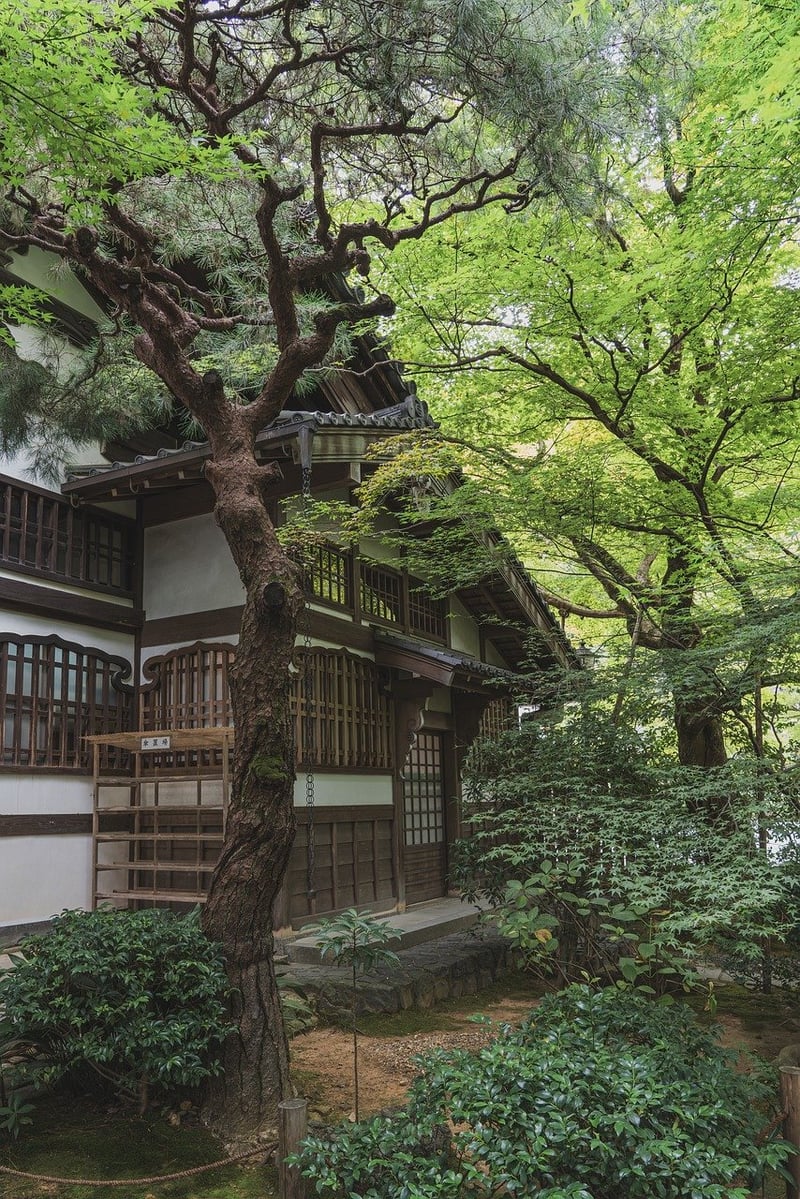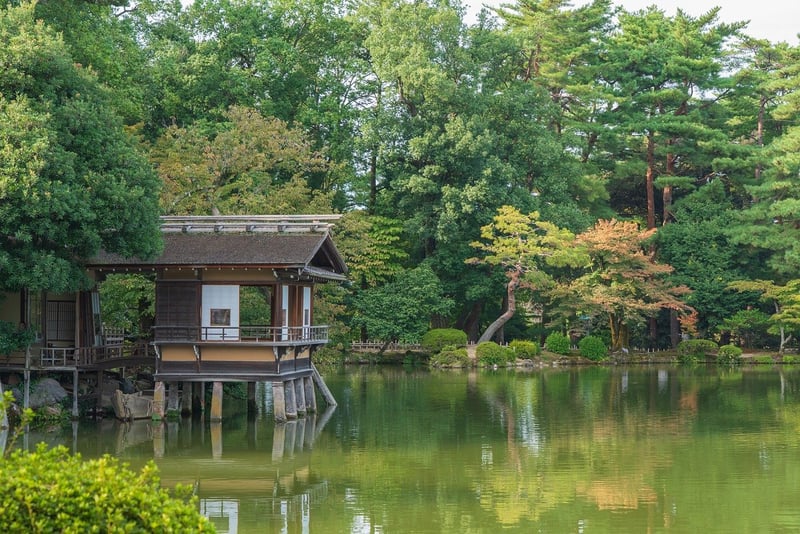Minimalist Design
Ideas to Spark Creativity in Zen Garden Design
The Essence of Zen Gardens
Zen gardens, also known as Japanese rock gardens or dry landscape gardens, are designed to evoke tranquility, simplicity, and beauty. These minimalist gardens typically consist of rocks, gravel, sand, and moss, often accompanied by carefully placed plants or trees. The design aims to create a peaceful and meditative space.
1. Embrace Simplicity
Minimalism is key in Zen garden design. Keep the elements simple and uncluttered. Use clean lines, open spaces, and a limited color palette to create a sense of calm and balance.
2. Focus on Balance
Balance is crucial in Zen gardens. Incorporate elements like rocks, gravel, and plants in a harmonious way. Use asymmetry to create visual interest while maintaining overall balance.
3. Create a Meditation Spot
Designate a specific area in your Zen garden for meditation. This could be a simple stone bench, a small pagoda, or a carefully placed rock where you can sit and contemplate.
4. Use Natural Elements
Integrate natural elements like bamboo, water features, and moss to enhance the tranquility of your Zen garden. These elements bring a sense of life and movement to the space.
5. Play with Textures
Contrast different textures such as smooth stones, rough gravel, and soft moss to add depth and visual interest to your Zen garden. Texture can evoke a sensory experience and create a tactile connection with the space.
6. Incorporate Symbolism
Consider adding symbolic elements like stepping stones representing a journey or a raked gravel pattern symbolizing waves in water. These symbolic touches can add layers of meaning to your Zen garden.
Minimalist Design Principles
Minimalist design is about stripping away the unnecessary to focus on what truly matters. Apply these principles to your Zen garden:
1. Less is More
Avoid overcrowding your garden with too many elements. Instead, emphasize a few key features that contribute to the overall harmony of the space.
2. Clean Lines and Shapes
Opt for clean, simple lines and geometric shapes in your garden layout. Straight pathways, rectangular rock arrangements, and circular plantings can create a sense of order and tranquility.
3. Negative Space
Embrace the concept of negative space, allowing areas of emptiness to coexist with elements in your garden. This emptiness can enhance the beauty of what remains, emphasizing the importance of each element.
4. Functionality and Purpose
Ensure that each element in your Zen garden serves a purpose and contributes to the overall functionality of the space. Every rock, plant, or pathway should have a reason for being there.
Conclusion
By incorporating these ideas and principles into your Zen garden design, you can create a serene and harmonious space that nurtures both the mind and the soul. Embrace simplicity, balance, and mindfulness to craft a Zen garden that inspires creativity and tranquility.


